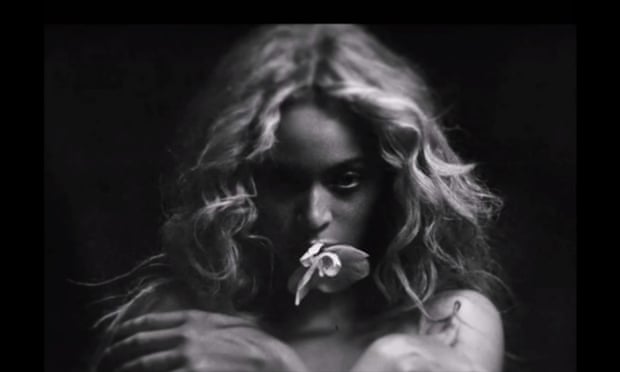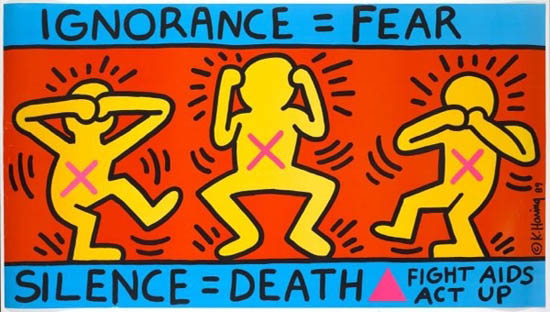There are images in Out of Sight that serve to portray Jennifer Lopez' character as a strong, self-sufficient person: not only is she gifted Chanel suits by her father, but he also gifts her guns that she always carries with and around her person; when she goes to visit Adele, the sister of one of the escaped criminals, she's able to single handedly disarm and incapacitate another angry escapee that's banging at the door and threatening her; when she goes looking around Detroit for a lead and one of the men she questions attempts to overpower and force her sexually, he only gets as far as grabbing her arm before she takes out a baton and thwacks him to the floor.
And then there are images that ruin her in one go: after being kidnapped and stuck into a cramped car trunk with a dirty convict that had just crawled his way out of the ground and managing to escape, her first dream in the hospital is that of finding him again and being unable to shoot her gun at him, instead succumbing to his good looks and charm and joining him for a sexy bath. Seriously? We don't even get any sort of female gaze running beyond George Clooney's face, whereas when Jennifer Lopez is in the trunk, the camera has no qualms about running over her shape. Again, despite having met him for all of ten minutes, when she's on a job with a task force she asked repeatedly to join, she sees him going down an elevator and is too stunned to move, allowing him to escape the premises. Here the film has taken the characters from a badass cop and strong woman to a lovestruck girl who ruins a career opportunity she's wanted for a very long time because she has a crush on a man she barely knew. Her two love interests in the film then become a cop who's cheating on his wife, and a convict who's on the run from the law. Jennifer Lopez' character devalues and defeats herself, before she's ever convinced those around her that she's more than they see or believe her to be. She tells those around her she deserves more than they're giving her, without realizing that she deserves more than she gives herself.
I grew up knowing J.Lo mostly as "Jenny from the Block", and a pop actress married to Marc Anthony who managed to perform and stay relevant well beyond the usual prime age Hollywood sets for women. Now at almost 50, J.Lo still manages to sell records and appear in sexy music videos accompanying them. I had little idea she had been an actress, much less a talented one, and was as pleasantly surprised by her performance as I was soured by the portrayal of her character.
Although, to be honest, I thought there was less racialization of J.Lo than I expected. Yes, she is heavily sexualized, but it didn't seem to be coded distinctly in her race. From her ambiguous name, "Karen Sisco", to the fact that the young J.Lo was a very slender woman, or that no random lines and words in Spanish were dropped, the extent of her 'otherness' wasn't taken to a level one might see today. (Although that might say more of my low standards than of anything else). The article "Jennifer's Butt" stated that J.Lo's body supremely important for her role as Selena, as J.Lo had her same measurements and "Selena's butt was, from a Puerto Rican perspective, one of the elements that made her not specifically Chicana, but "Latina". Yet her shape, which might've been curvy for the 90s yet today would be eclipsed by figures like Nicki Minaj or Kim Kardashian, is today distinctly less extreme. It might be a bit of a win, that the extent of figures we see on media is growing, although there's the other bitter side that the greater the figure, the more 'other' and 'exotic' it's seen, be it in the 90s or in the 2010s.










